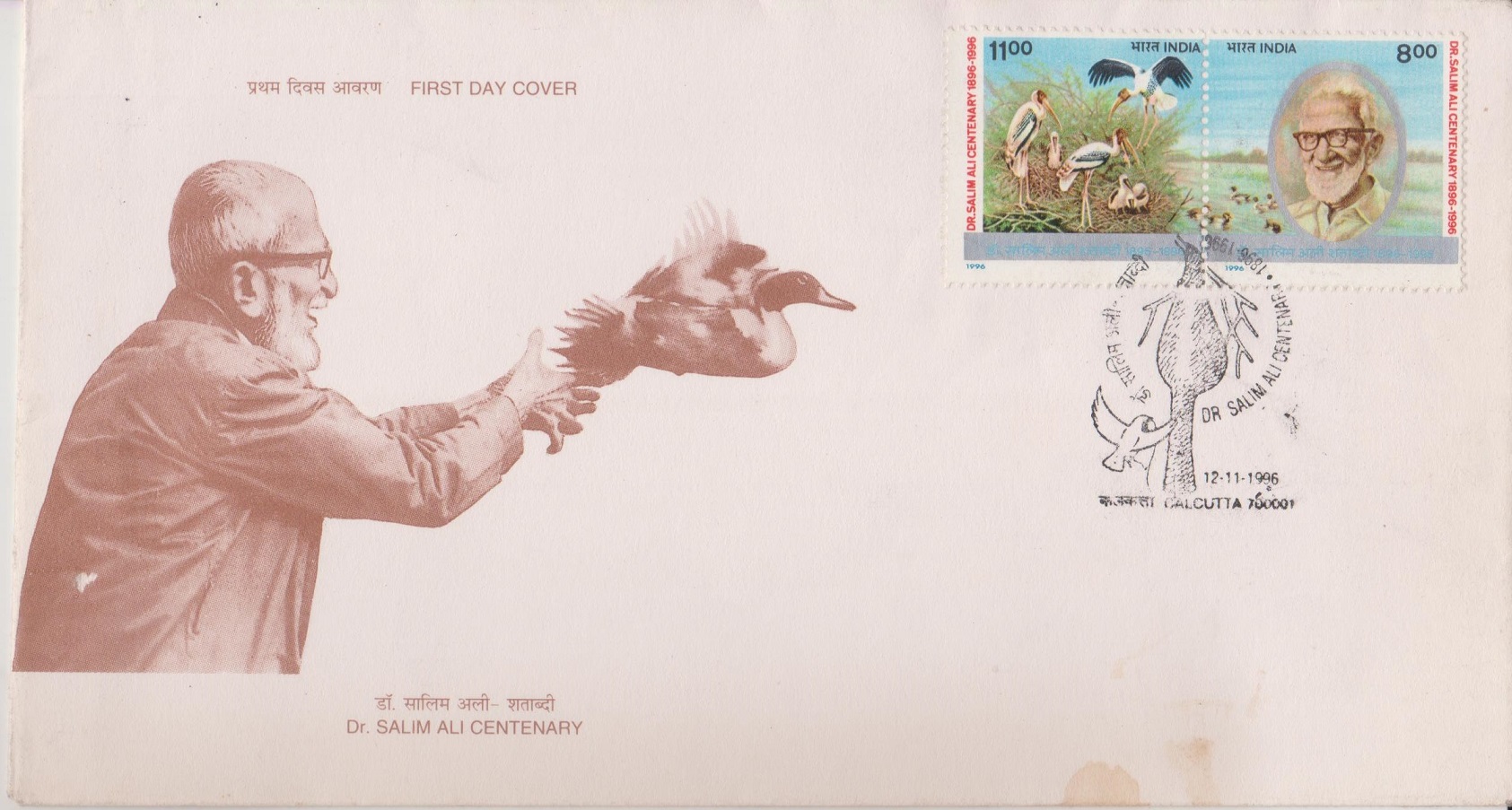
Salim Ali
Complete Set of 2 nos of commemorative postage stamps on the Birth Centenary of Dr. Salim Ali, Birdman of India, an Indian ornithologist and naturalist :
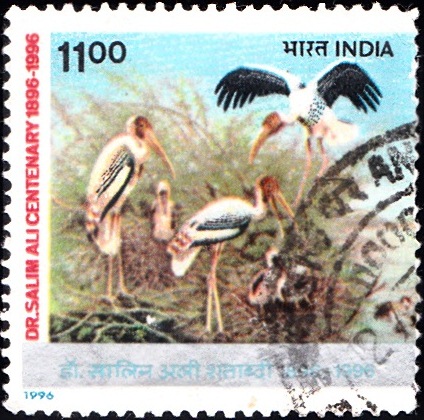
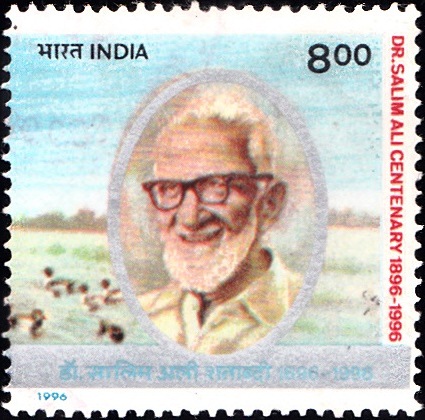
 Issued by India
Issued by India
Issued on Nov 12, 1996
Issued for : The Department of Post is happy to issue a set of two stamps to commemorate Salim Ali’s birth centenary.
Design Credit :
Stamp, FDC and Cancellation Design : Bombay Natural History Society.
Type : Stamps, Postal Used
Colour : Multicolour
Denomination : 800 & 1100 Paise
Overall size : 3.50 x 7.00 cms.
Printing size : 3.15 x 6.65 cms.
Perforation : 13 x 13
Paper : Imported un w/m Adhesive Gravure Coated Stamp Paper in Sheets 50.8 x 53.5 cms.
Number of Stamps Printed : 0.4 Million
Number per issue sheet : 18
Printing Process : Photogravure
Printer : India Security Press, Nasik
Name : Sálim Moizuddin Abdul Ali
Born on Nov 12, 1896 at Mumbai, India
Died on Jun 20, 1987 at Mumbai, India
About :
- Salim Moizuddin Abdul Ali was a versatile ornithologist, explorer, ecologist, teacher & a writer. Born on 12th November, 1896, Salim Ali took up ornithology at a time when the subject in India was little more than an Englishman’s pastime. Salim Ali made it a serious pursuit. In 1930 he went to the Bombay Natural History Society (BNHS) with a proposal. Indian birds had not been studied systematically, so would the Society send him on ornithological surveys? He didn’t want a salary, only expenses. Thus for the next 20 years Salim Ali roamed the subcontinent, studying birds from Kutch to Sikkim, from Afghanistan to Kerala. His methods were so unique – he wove history, ecology and geography into his description of a bird and its habitat.
- In 1941 Salim Ali published ‘The Book of Indian Birds’. It was an instant success. During this period he formed a deep and abiding friendship with S. Dillon Ripley, a young zoologist with the US Army in Ceylon. Pooling their vast knowledge, the two men would later publish the ten-volume Handbook of the Birds of India and Pakistan.
- He was an active conservationist (as he was an ornithologist). His role in setting up of the Bharatpur and Karnal bird sanctuaries, the decision not to destroy Kerala‘s Silent Valley for the sake of a power project, the saving of the Keoladeo National Park are eloquent testimony to his concern for environment.
- Recognition came late to Dr. Salim Ali, but it came abundantly. The Asiatic Society‘s Gold Medal for Research in Asiatic Zoology, the Padma Bhushan 1958, and the Padma Vibhushan in 1976 from the Govt. of India, the Sunderlal Hora Memorial Prize of the Indian National Science Academy, the Honorary degree of D. Sc. From the Universities of Delhi, Andhra and Aligarh, the Union Gold Medal of the British Ornithologist Union, the Pavlovsky Centenary Memorial, Medal of the USSR Academy of Medical Science, the Order of the Golden Arc of the Netherlands, the C.V. Raman Medal of the Indian National Science Academy, the Asiatic Society of Bangladesh Gold Medal, National Research Professorship in Ornithology from the Govt. of India, and the Paul Getty International Prize for Wildlife Conservation.
- The BNHS was his family and to it he left all the assets accruing from his publications. Nothing could dampen Salim Ali’s spirit, not even old age. Until his 87th year, he conducted major expeditions, and in 1983 spent four weeks in the remote and difficult Namdapha National Park, near the Burmese border. Two years later he was set to go to the Himalayas in search of mountain quails, last seen in 1858. But he suddenly fell ill. He used the time to finish one more book, ‘The Fall of a Sparrow’, his delightful autobiography.
- Text : Bombay Natural History Society.


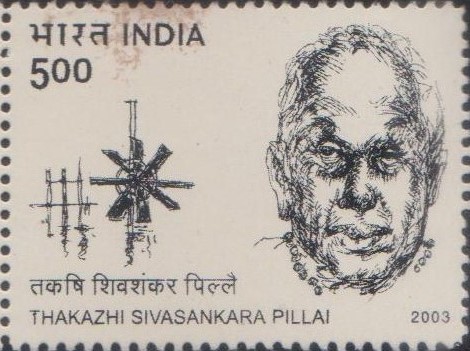
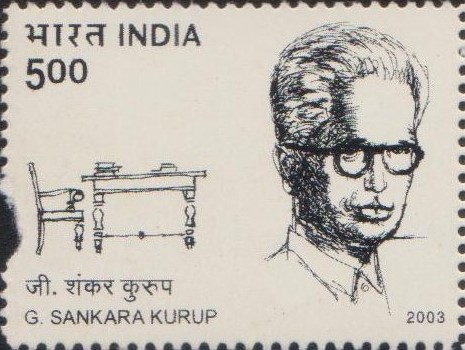
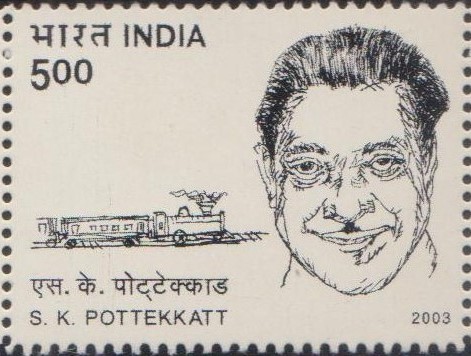

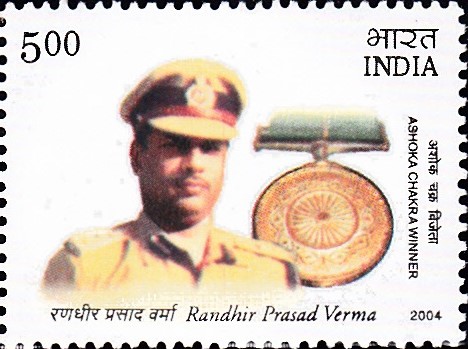
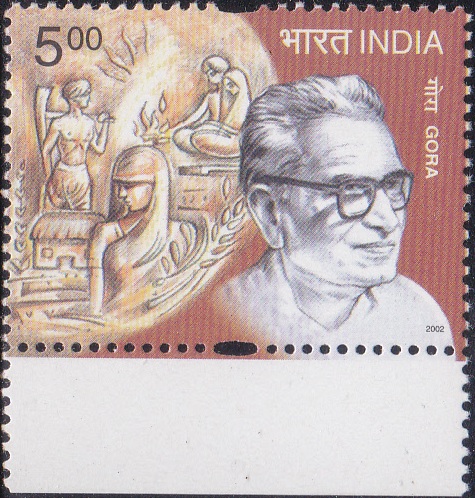
[…] Text : Courtesy by Dr. Salim Ali. […]
[…] by the Bombay Natural History Society. The first day cover shows a well-known photograph of Dr. Salim Ali obtained by courtesy of the Oxford University Press. We are also carrying the WWF logo on the FDC. […]
[…] Dr. Salim Ali observed that “Silent Valley” is not just an evergreen forest, it is a very fine example of one of the richest, most threatened and least studied habitat in earth. […]
[…] Book of Indian Birds” and “Indian Hill Birds” by the kind courtesy of the author Dr. Salim Ali and the publishers The Bombay Natural History Society and Oxford University […]